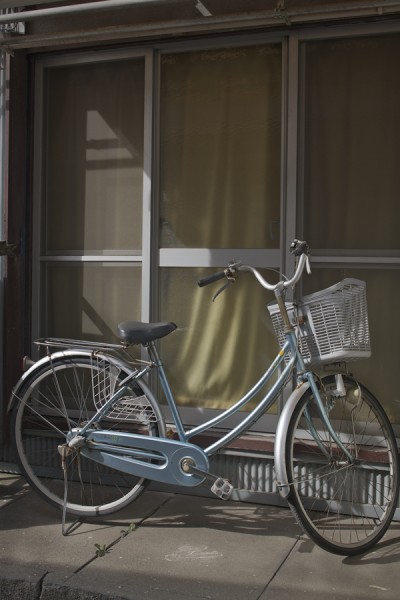Certain Zen schools conceive of seated meditation as a practice intended for the obtaining of Buddhahood, others reject even this (apparently essential) finality: one must remain seated “just to remain seated.” Is not the haiku (like the countless graphic gestures which mark modern and social Japanese life) also written “just to write”?
Roland Barthes, “Empire of Signs” 1
And so, earlier this summer, I finally came to read “Empire of Signs,” Roland Barthes’ book on Japan. Barthes is probably not my ideal writer, but I appreciate his efforts to stress that he is creating his own version (“system,” as he would say) of Japan, in other words that he has no special knowledge of the country. The book is not trying to produce any “insight,” instead it’s a reading of Japan through Western cultural values. This seems like a useful perspective to adopt—I tried to articulate this myself two and a half years ago 2. I now have almost four years’ worth of experience living in Tokyo, and while I recognize that that has some value, I still don’t feel that I can claim any privileged knowledge of Japan. More than ever, I’m trying to explain Japanese photography in terms that could be understood by a Western audience; I don’t believe that Japanese photography is essentially any more difficult to understand than Swedish or South African photography.
As a side note, John Gossage’s recent photographs of Japan 3 show the same attitude as Barthes, and the title of the book, “The Code,” is extremely appropriate in this sense.
Let’s return to Barthes on haiku. At times, as in his descriptions of food, he allows himself to be drawn into an almost exaggeratedly poetic style, but here, his analysis is more careful. Earlier, Barthes makes another observation: “the brevity of the haiku is not formal; the haiku is not a rich thought reduced to a brief form, but a brief thought which immediately finds its proper form.” It’s possible that this could provide a way in which to understand photographers like Rinko Kawauchi, who might be photographing “just to photograph.” What if this relatively recent way of photographing was actually the expression of an ancient Japanese technique, condensing centuries of culture into a singular moment of beauty?
This view has already been expressed on the internet 4, but it’s a huge leap to suggest that contemporary Japanese photographers are thinking about haiku. I’d go even further and say that only a Westerner 5 would mention haiku here. It’s a kind of pipe dream, perhaps fueled by exported Ito En bottles 6. Bringing up haiku as a way to interpret contemporary photos is like saying: “so, these photographs can only be explained through this very culturally specific medium which, by the way, also resists any logical explanation as part of its form.” Japanese photographers do often say that they don’t know why they take their pictures, but they don’t need to use this particular crutch.
Barthes was canny in finding a way to speak about even the most “Japanese” parts of Japanese culture without adopting a culturally essentialist perspective. Observers of Japanese photography would do a service to the photographers here by emulating this stance.
